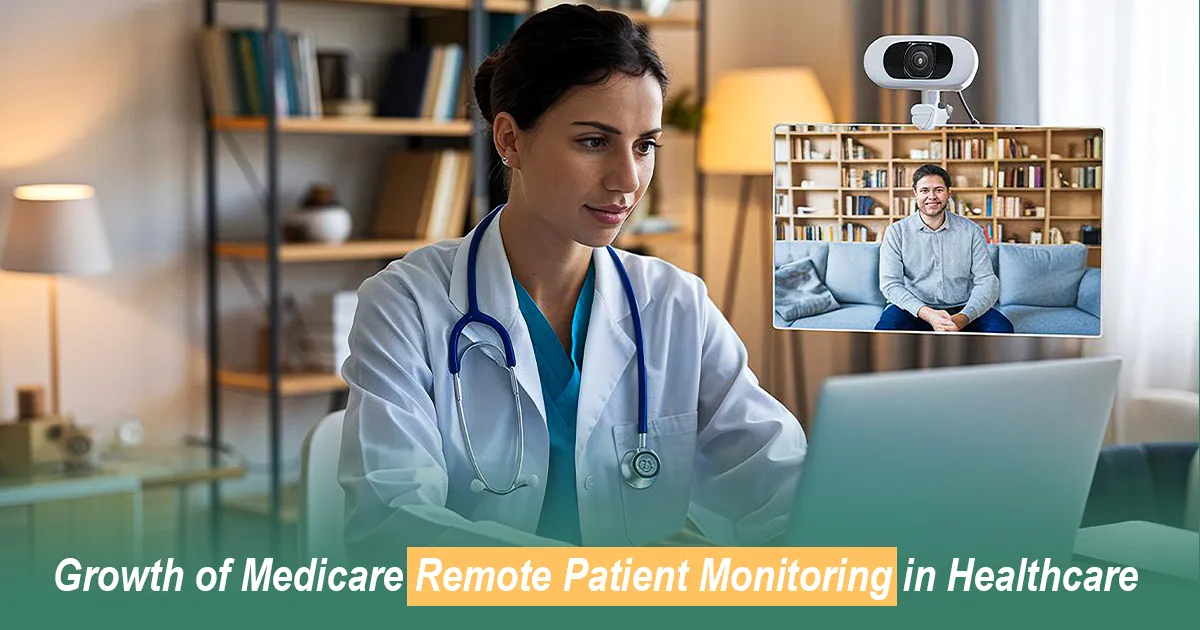
Posted By: Medsole RCM
Posted Date: Jul 28, 2025
In the era of evolving U.S. healthcare, remote patient monitoring Medicare services are transforming that how care is delivered and reimbursed. At MedSole RCM, we’ve seen a regular increase in interest among providers to adopt RPM Medicare solutions not only for patient care but also to create an additional revenue stream. We can say that the success of any program depends on understanding remote patient monitoring guidelines, proper documentation, and regular claim submission practices.
Providers who are new to Medicare remote patient monitoring mostly ask question, "Does Medicare cover remote patient monitoring?" The answer is yes, but there are some conditions and documentation requirements that should be met for proper reimbursement.
Remote Patient Monitoring (RPM) is about the collection and analysis of patients’ physiological data outside traditional healthcare settings, typically using digital devices. It allows healthcare providers to track some metrics like blood pressure, glucose levels, oxygen saturation, and more without having a patient in clinic.
This model of care is expanding day by day, especially under Medicare remote patient monitoring initiatives. CMS (Centers for Medicare & Medicaid Services) recognized RPM as an important tool for improving patient care and reducing hospital readmissions.
Yes. Medicare covers remote patient monitoring under specific CPT codes (e.g., 99453, 99454, 99457, and 99458). However, this coverage requires:
Providers must also align with remote patient monitoring documentation requirements to get reimbursed. This includes detailed reports on time spent, patient data summaries, and billing logs.
Many providers face denials due to improper documentation, wrong usage of CPT codes, or misunderstanding remote patient monitoring billing guidelines. Our team at MedSole RCM reviews:
By correcting these issues, our clients have seen cleaner claims and faster payments.
Proper documentation is the backbone of successful RPM billing. CMS has specific expectations on how the data must be collected, recorded, and reported:
Failing to meet these thresholds may results in audits or lead to denials. MedSole RCM ensures that these documentation points are met, every time.
CMS updates remote patient monitoring regulations regularly. Some rules include:
MedSole RCM continuously tracks MS guidelines for remote patient monitoring to help providers stay compliant with the most current rules. Learn more about CMS’s official RPM rules.
Following remote patient monitoring guidelines improves revenue potential, reduces no-shows, and strengthens patient adherence. It also allows practices to:
With our experience managing remote patient monitoring billing for several specialties, MedSole RCM helps healthcare providers take full advantage of this opportunity.
We’ve helped clinics scale their Medicare remote patient monitoring programs from scratch. Whether it’s creating audit-proof documentation or dealing with billing complexities, MedSole RCM offers clarity and actionable solutions. We not only handle your billing; but we assure you that your RPM program is measurable, and compliant with every payer’s expectation.
We manage yoyr revenue and keep it on increasing, providing you real-time updates to remote patient monitoring guidelines, and your claims are always aligned with CMS’s billing logic.
RPM stands for Remote Patient Monitoring, and Medicare can reimburse to providers for managing patients’ health data remotely.
Patient consent, time logs, device data reports, and management notes.
Yes, especially for chronic conditions like hypertension, diabetes, or COPD.
These include device standards, patient eligibility, and proper CPT usage.
Yes. Data must be collected for at least 16 days in a 30-day period to bill.
Some do, but many have their own billing policies.
Claims may be denied. That’s why documentation is key.
We assist with CPT code assignment, documentation, payer portal submission, and denial follow-ups.
Usually yearly through CMS’s final rule publications.
No. Only FDA-cleared medical-grade devices that collect physiological data qualify.
Yes, with proper separation of services and documentation.
It can take 1–3 months depending on device setup and patient onboarding.
Depends on the number of services rendered monthly but can range from $100 to $200 per patient per month.
Contact our Experts. MedSole RCM continues to help providers grow their revenue and compliance by mastering the fine details of remote patient monitoring billing
Recent Blogs
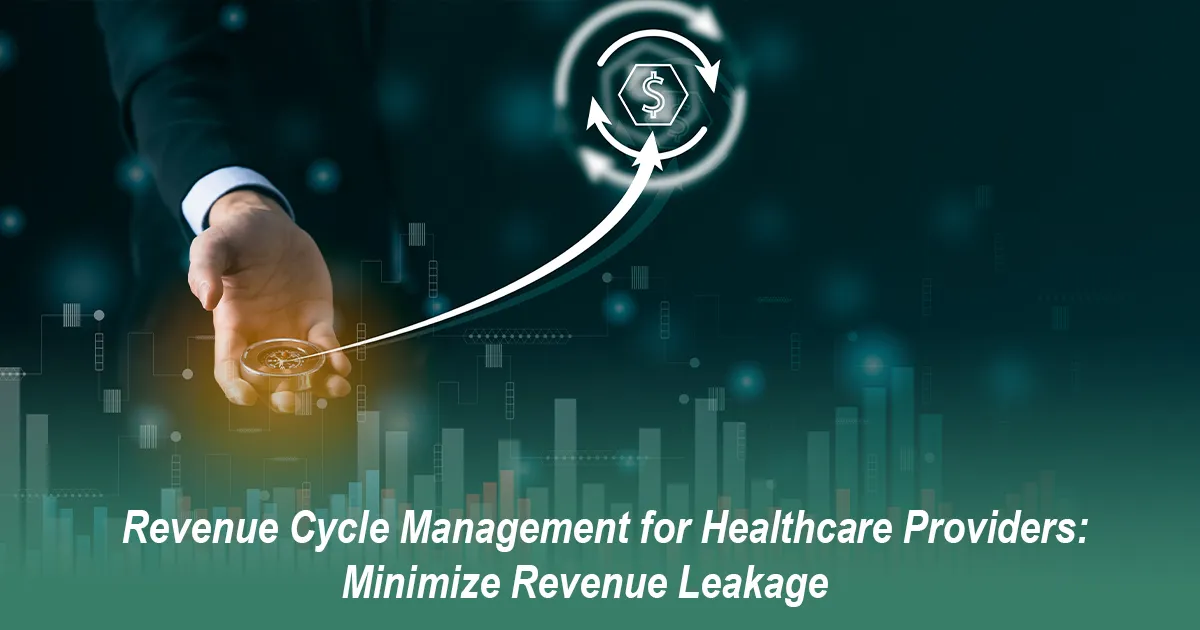
Posted Date: Jun 24, 2025
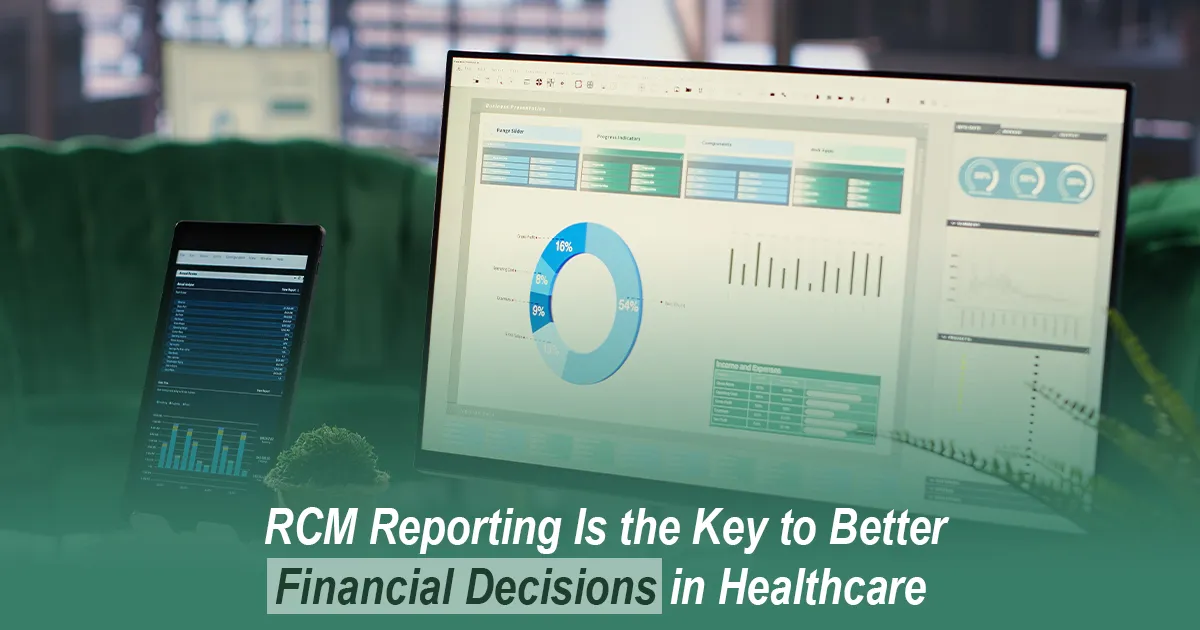
Posted Date: Jun 26, 2025
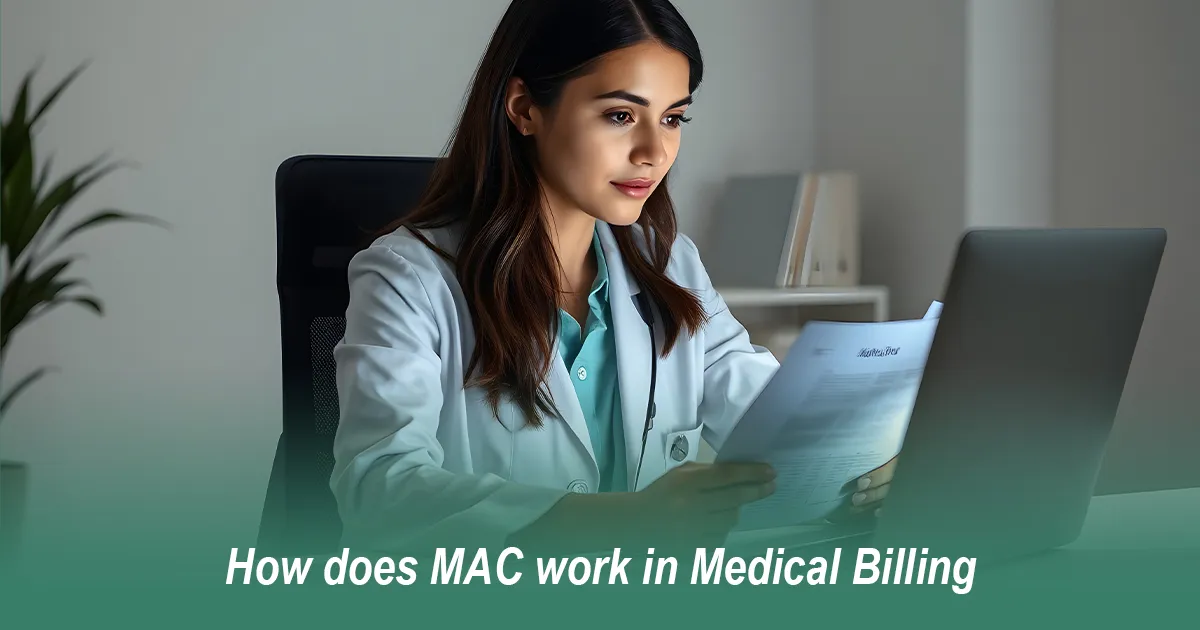
Posted Date: Jun 28, 2025
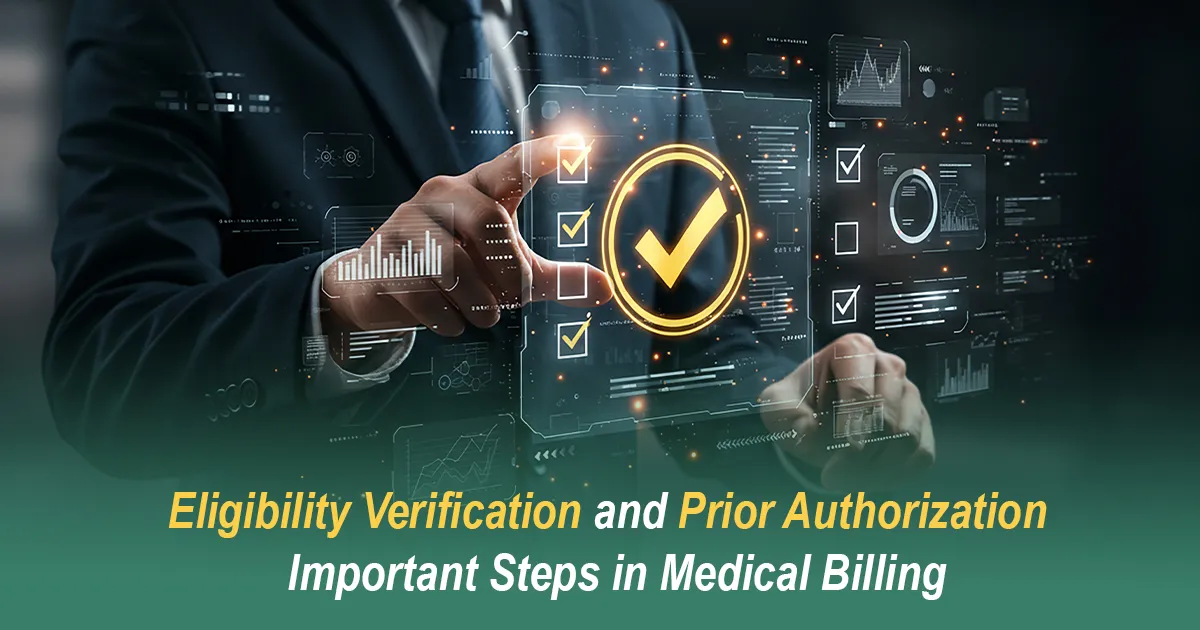
Posted Date: Jun 30, 2025

Posted Date: Jul 02, 2025
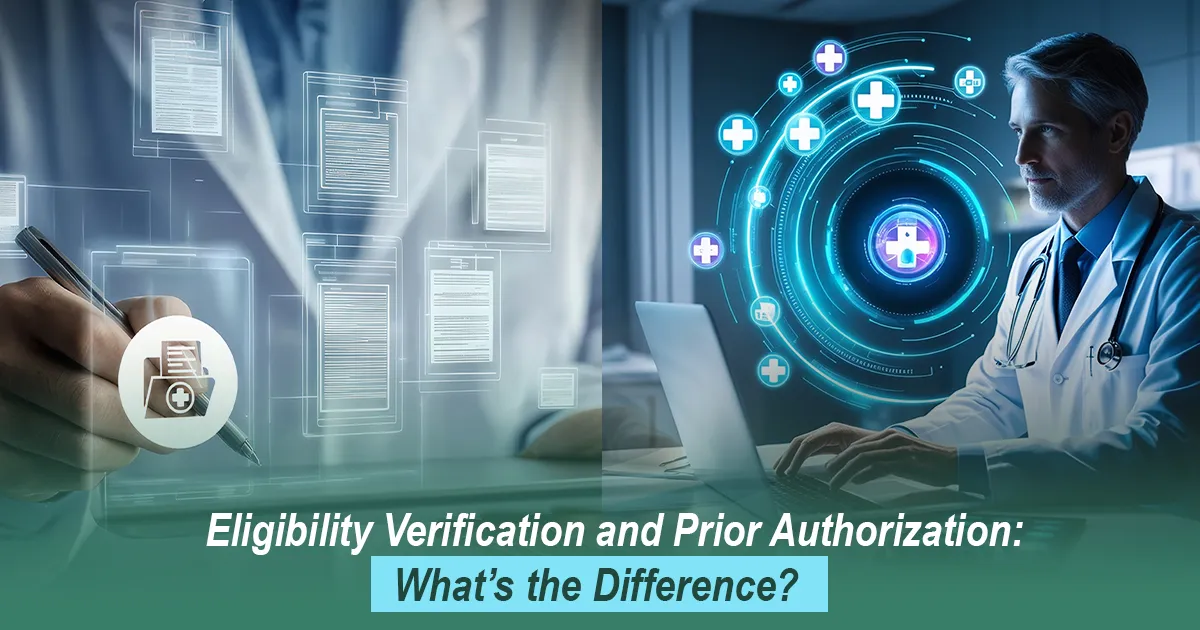
Posted Date: Jul 04, 2025
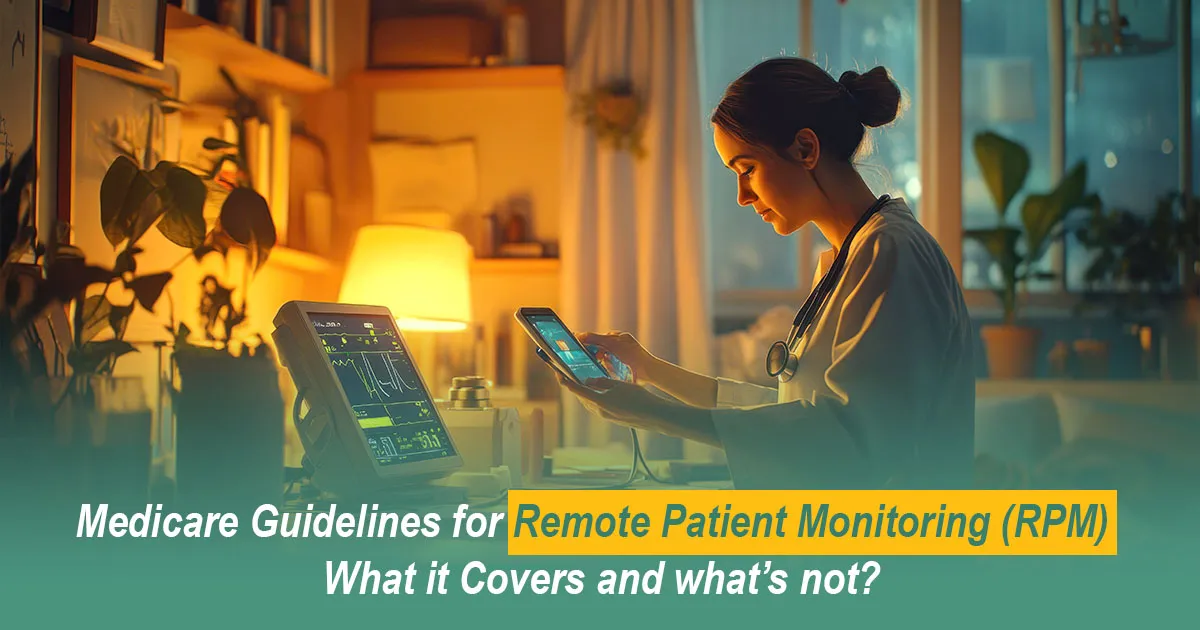
Posted Date: Jul 07, 2025
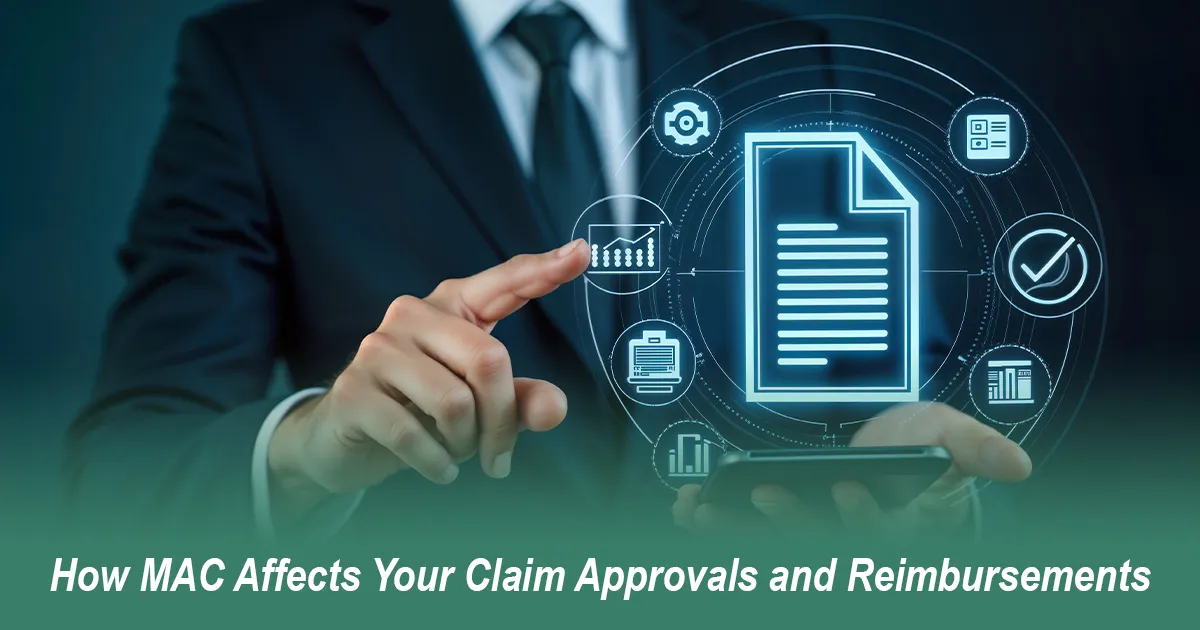
Posted Date: Jul 09, 2025
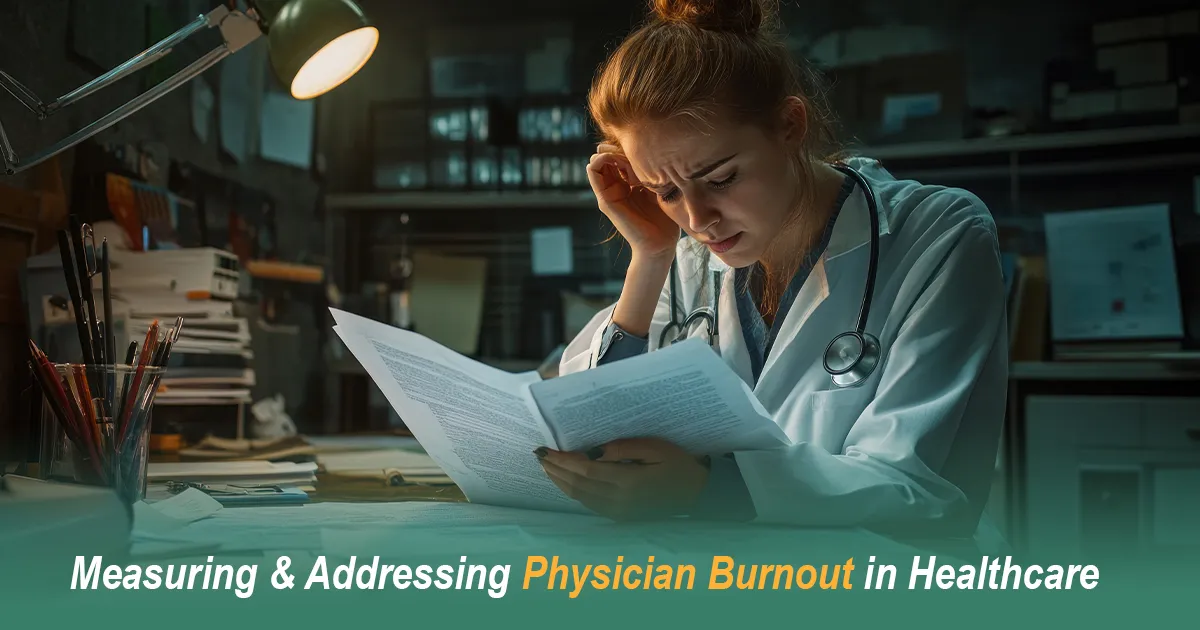
Posted Date: Jul 11, 2025
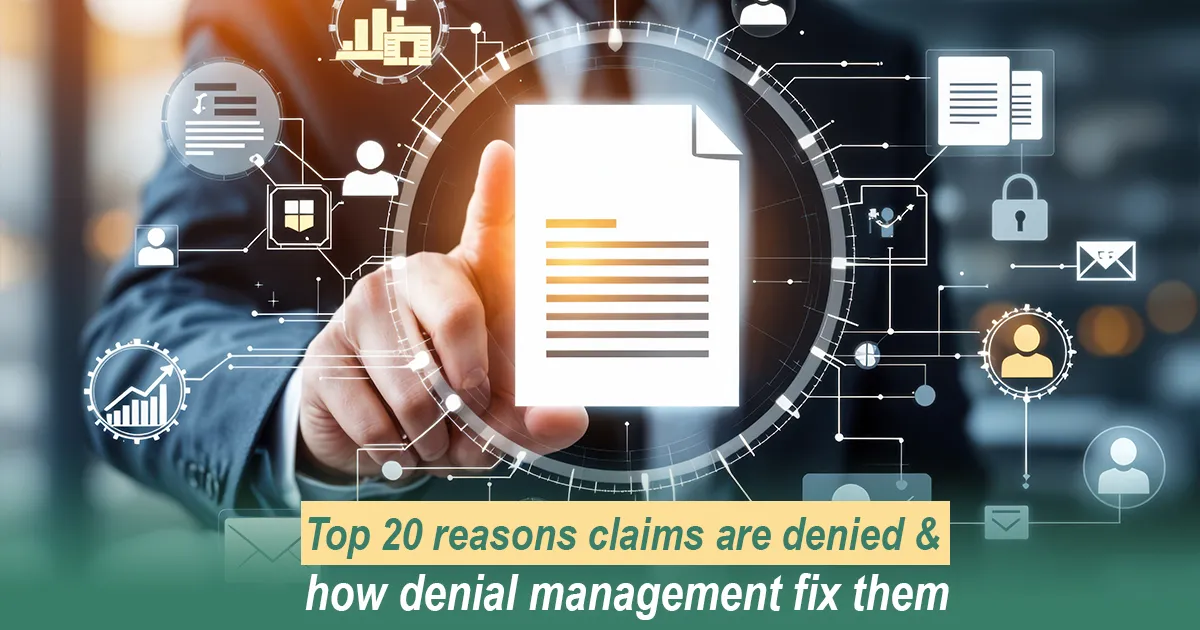
Posted Date: Jul 14, 2025

Posted Date: Jul 16, 2025

Posted Date: Jul 18, 2025

Posted Date: Jul 22, 2025
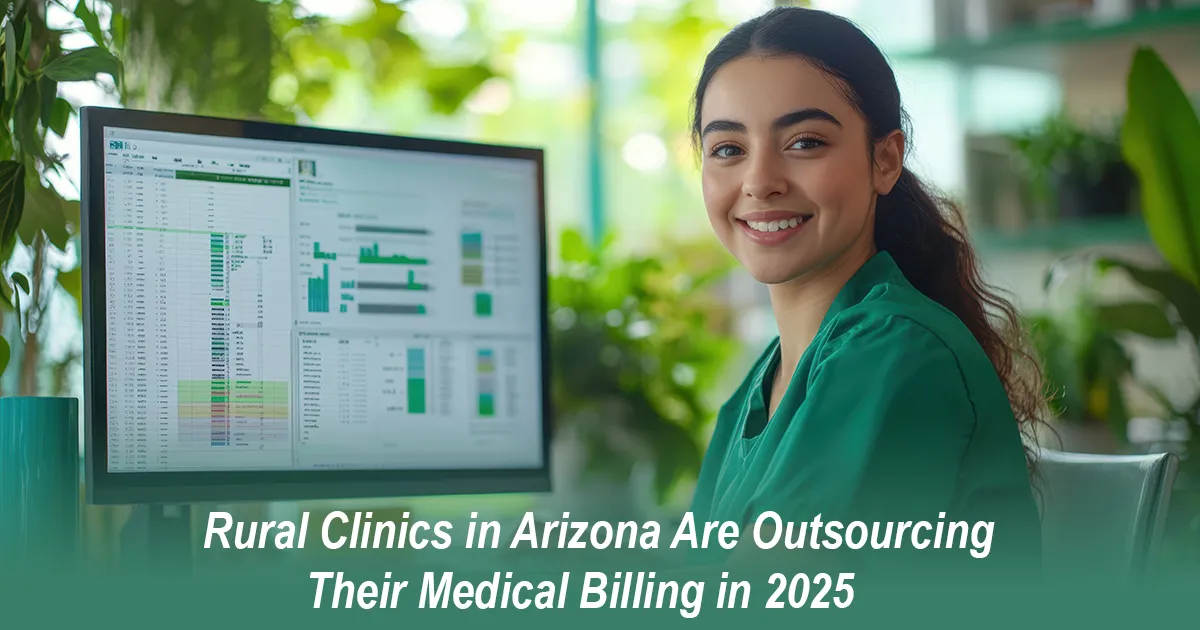
Posted Date: Jul 23, 2025
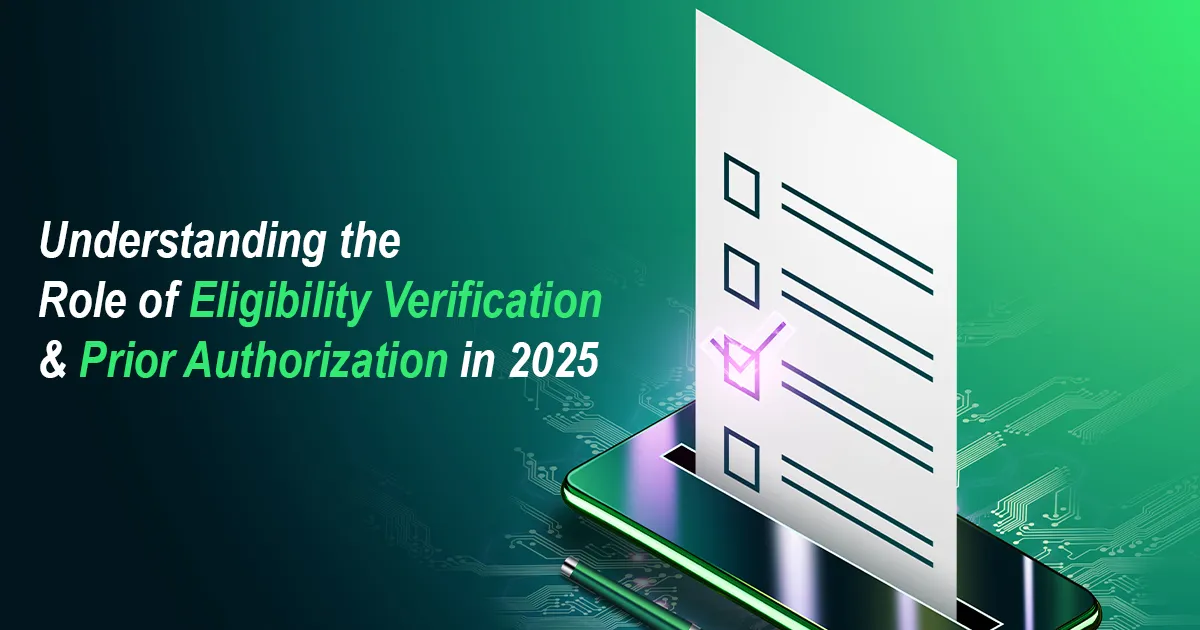
Posted Date: Jul 25, 2025

Posted Date: Jul 28, 2025

Posted Date: Aug 01, 2025
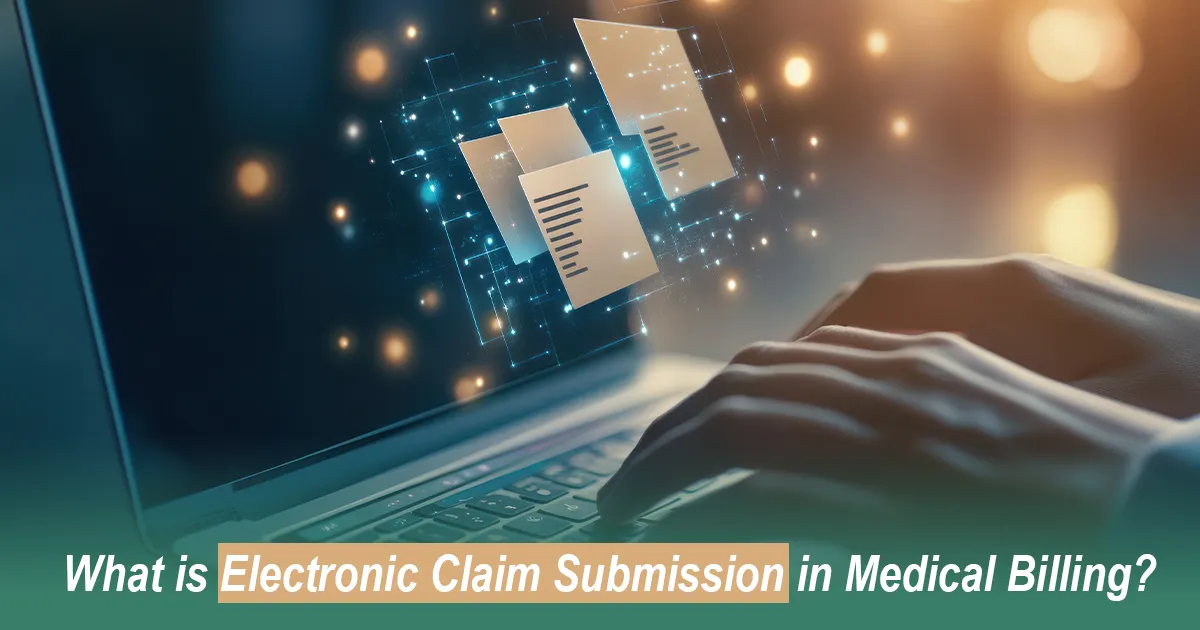
Posted Date: Aug 04, 2025

Posted Date: Aug 06, 2025
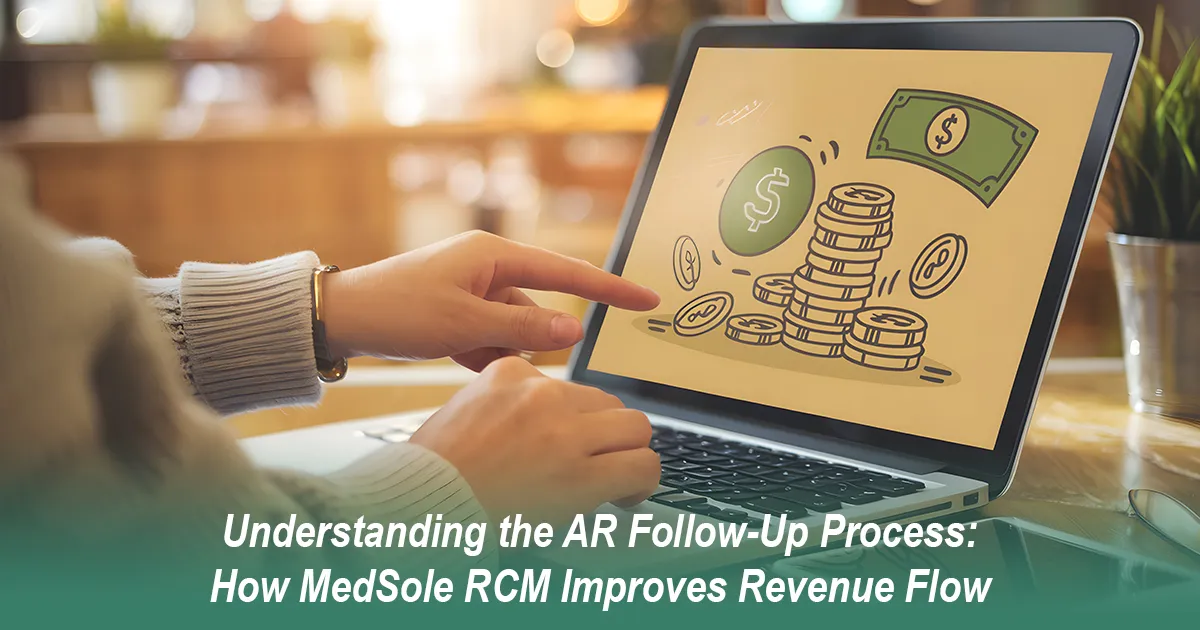
Posted Date: Aug 08, 2025
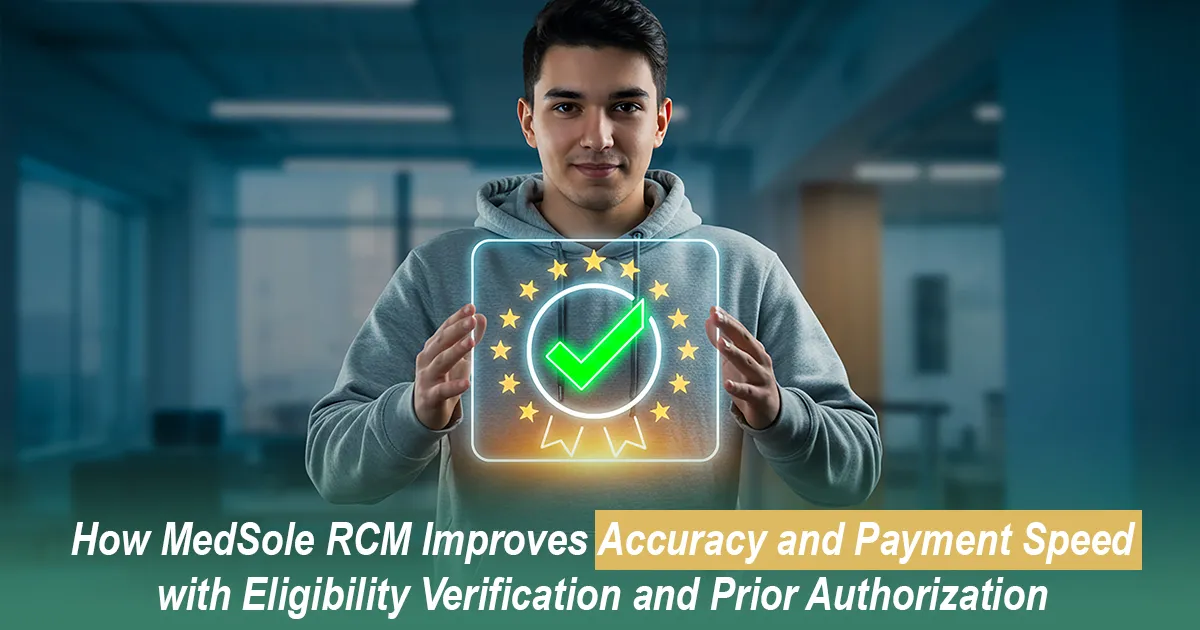
Posted Date: Aug 11, 2025
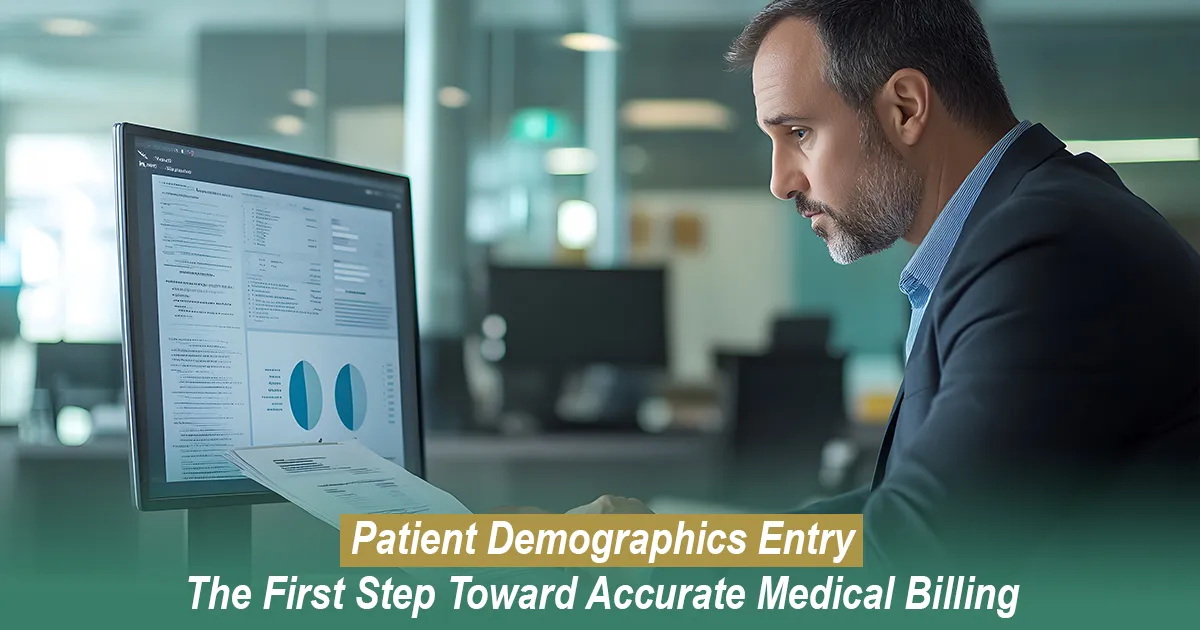
Posted Date: Aug 14, 2025
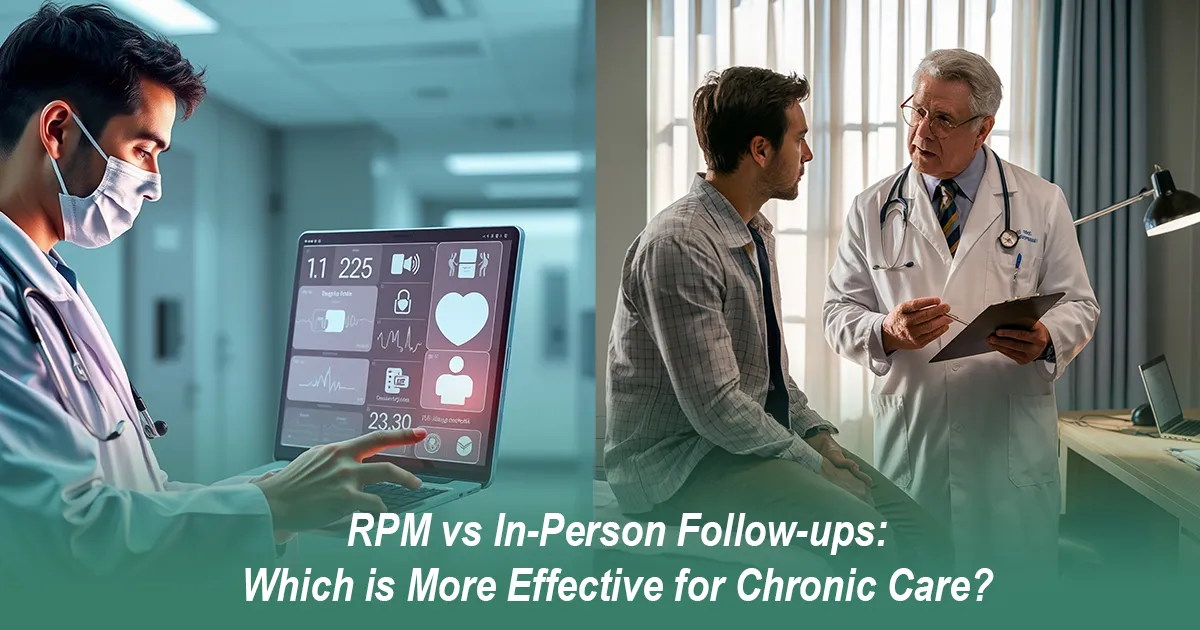
Posted Date: Aug 18, 2025
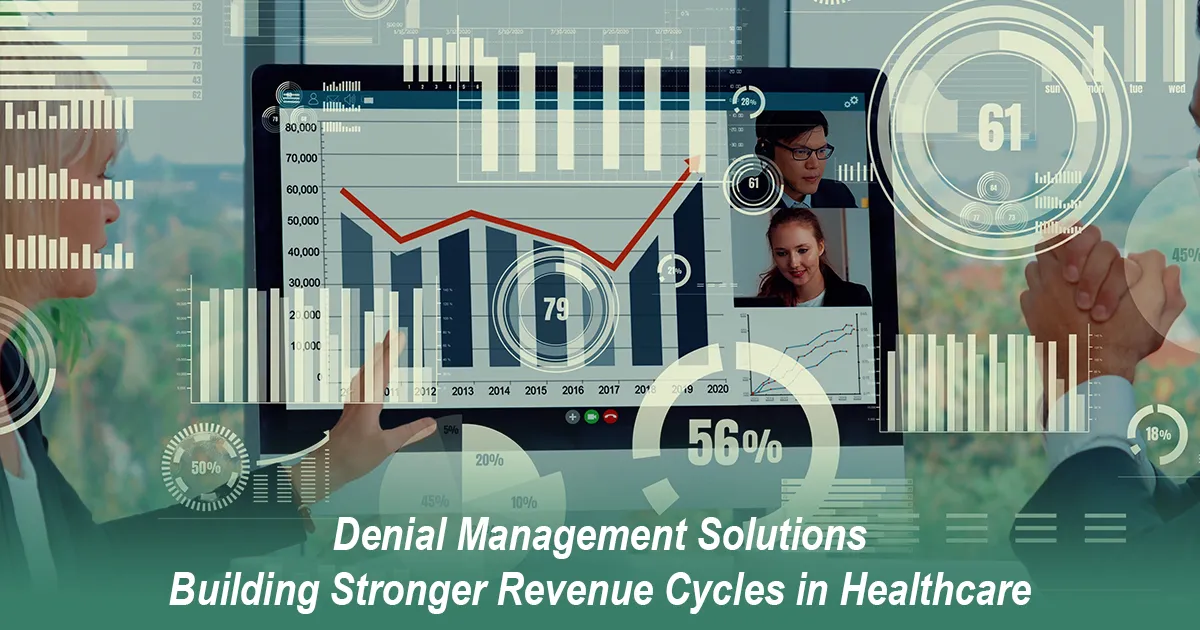
Posted Date: Aug 20, 2025
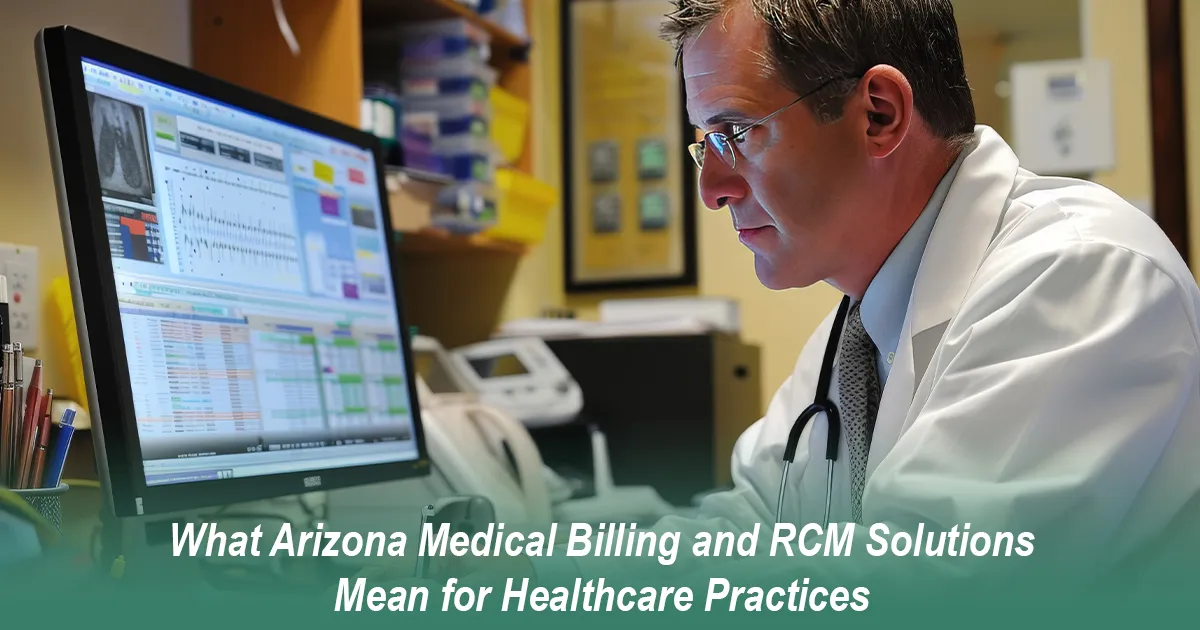
Posted Date: Aug 25, 2025
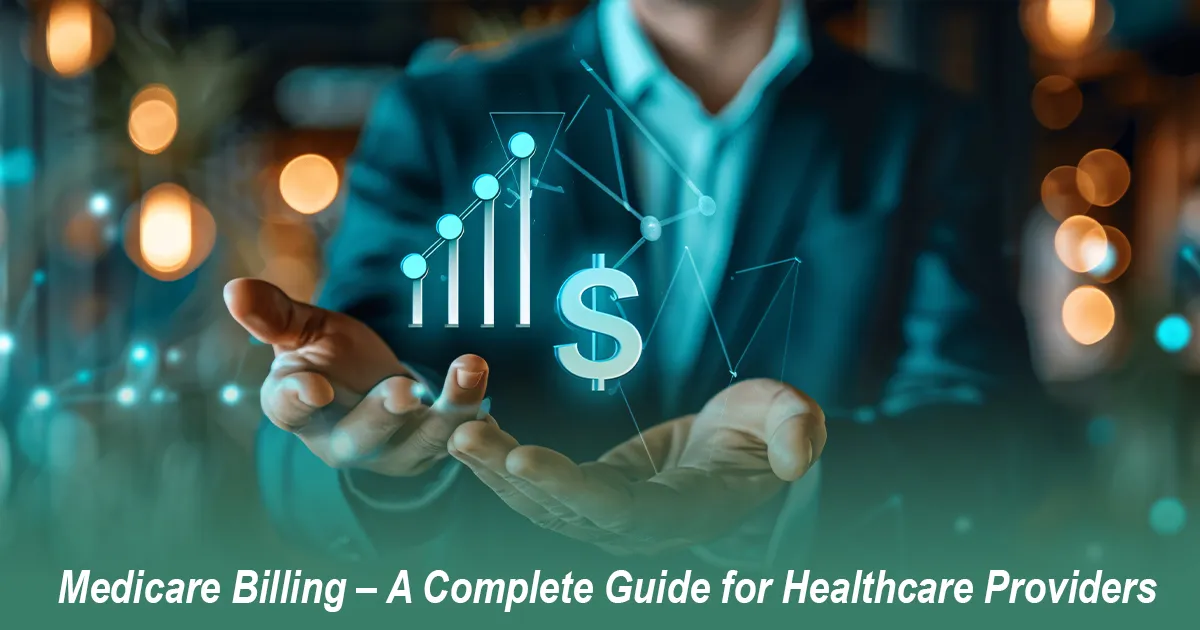
Posted Date: Aug 27, 2025
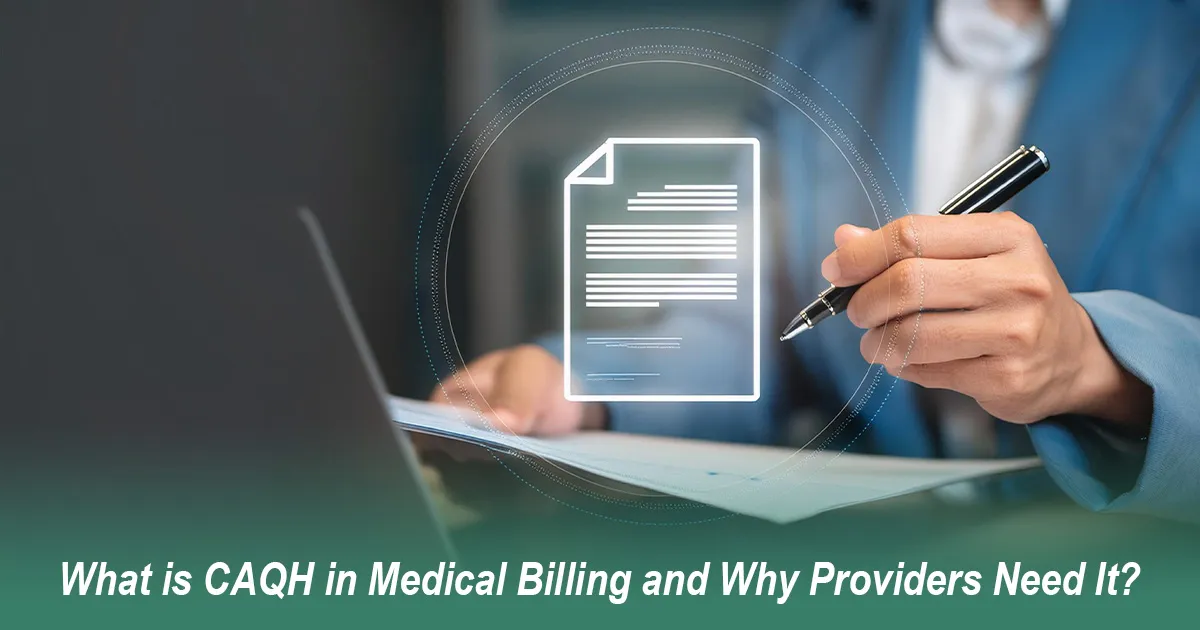
Posted Date: Aug 29, 2025
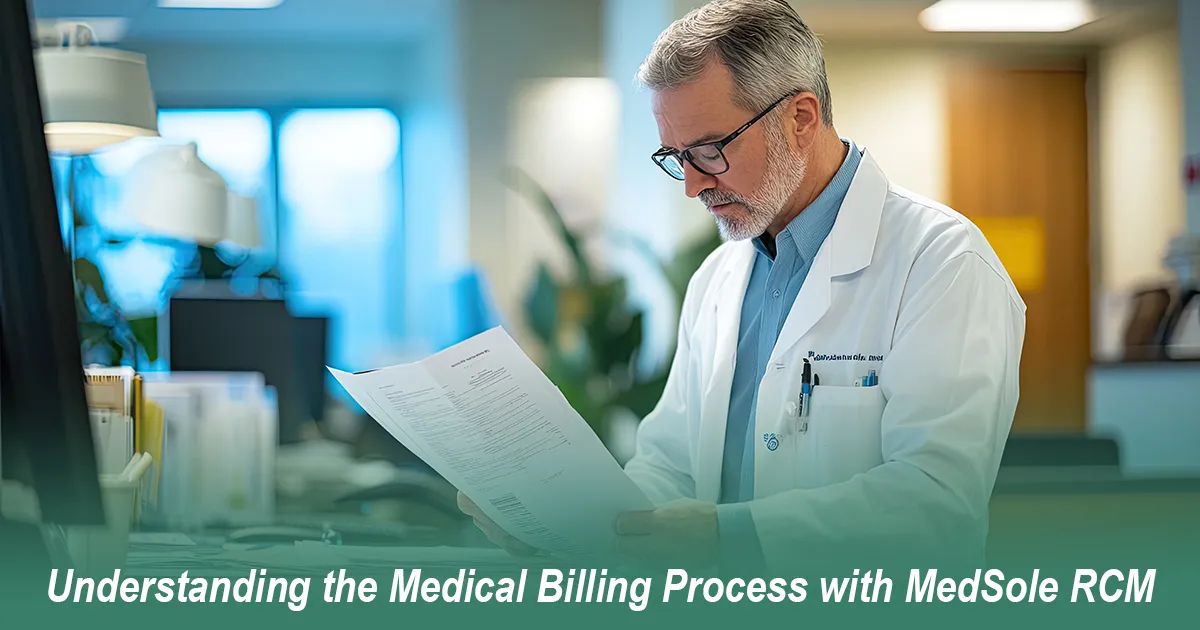
Posted Date: Sep 03, 2025
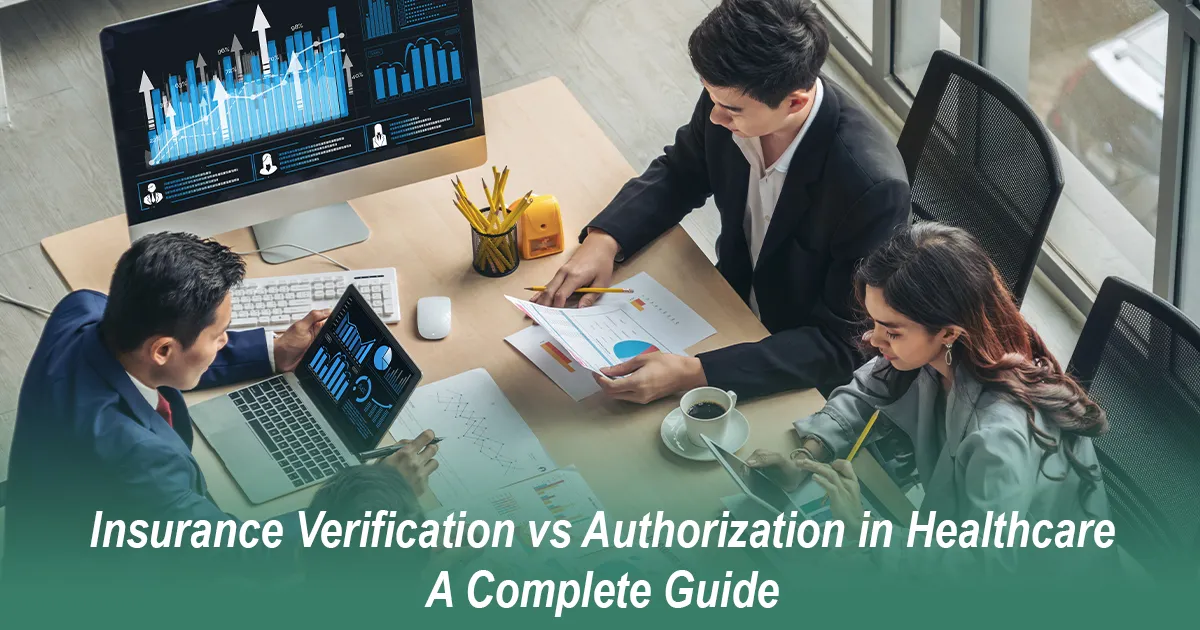
Posted Date: Sep 05, 2025

Posted Date: Sep 08, 2025

Posted Date: Sep 15, 2025
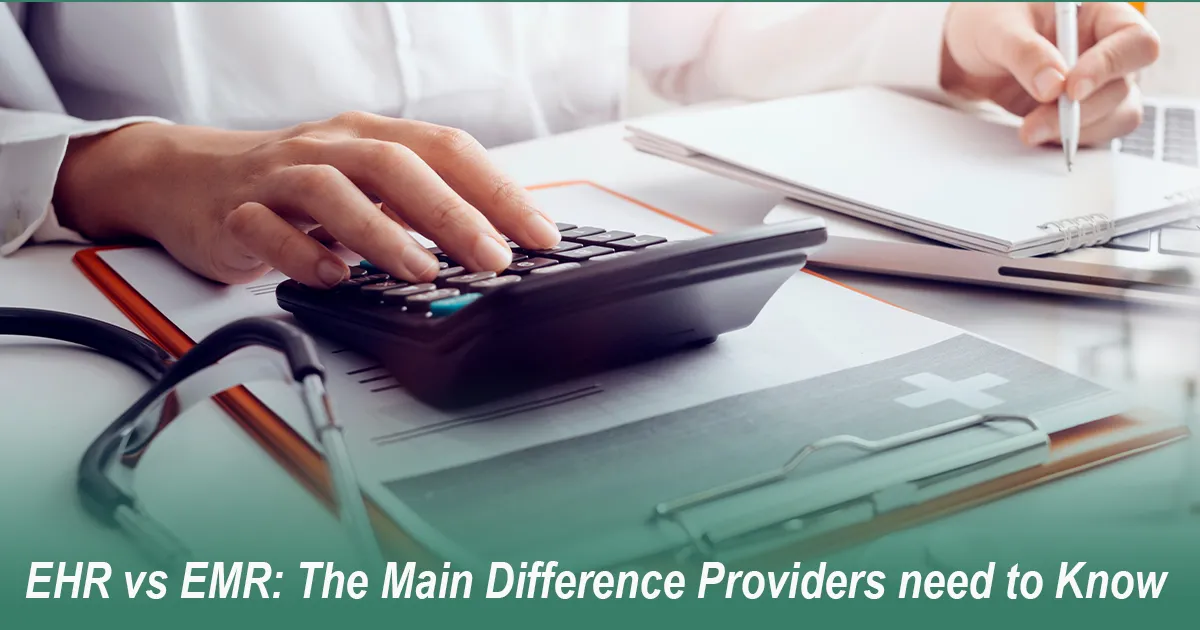
Posted Date: Sep 18, 2025

Posted Date: Sep 22, 2025

Posted Date: Sep 24, 2025
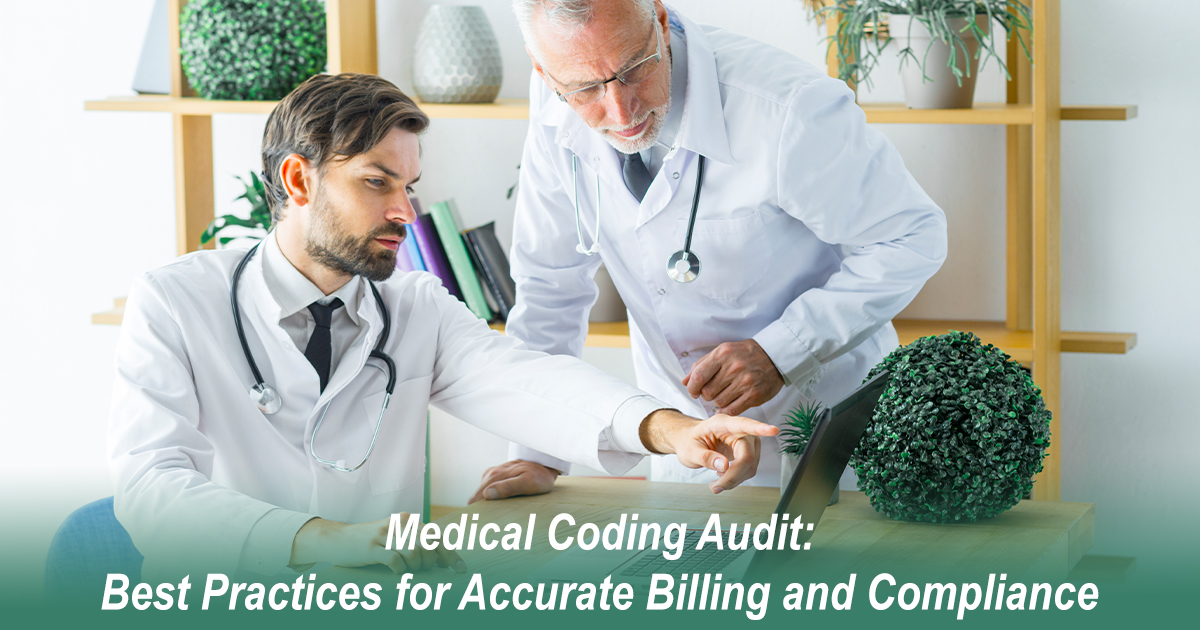
Posted Date: Sep 26, 2025
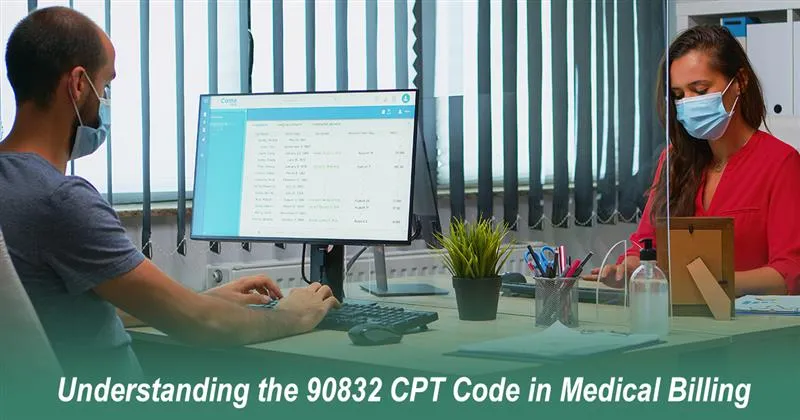
Posted Date: Sep 29, 2025
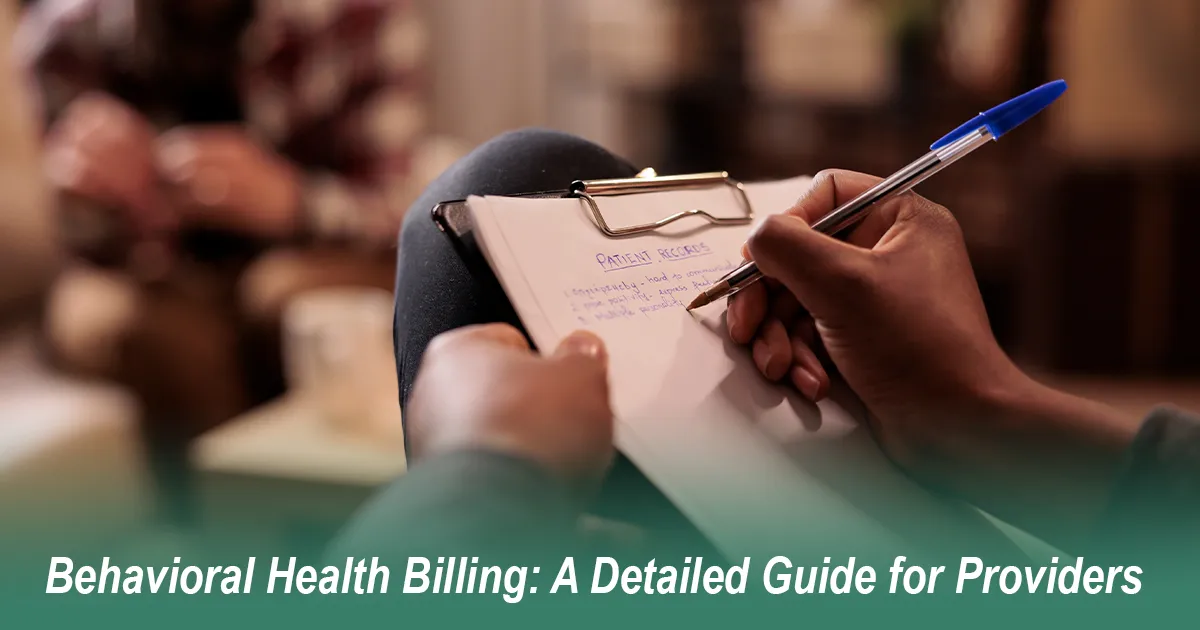
Posted Date: Oct 02, 2025
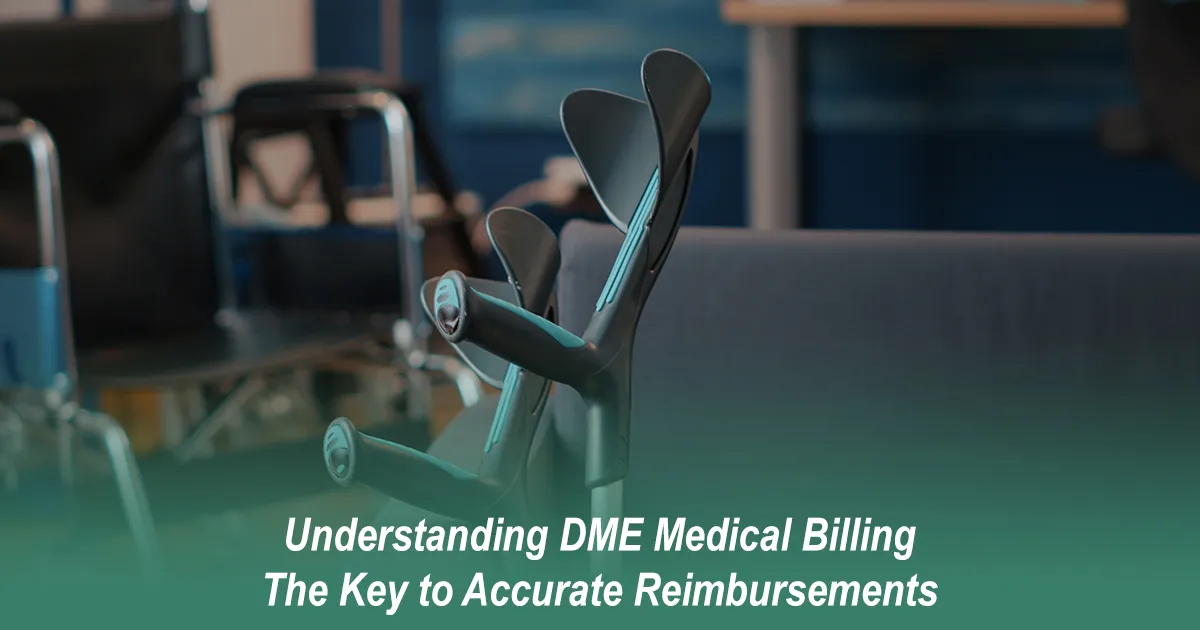
Posted Date: Oct 13, 2025

Posted Date: Oct 16, 2025

Posted Date: Oct 23, 2025
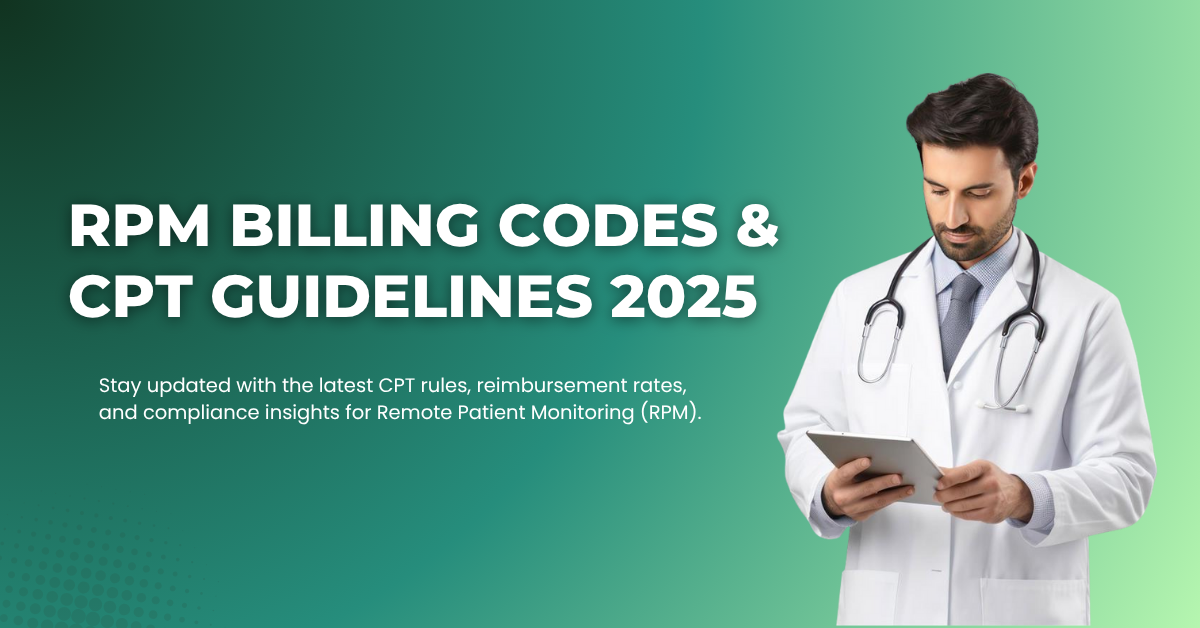
Posted Date: Oct 27, 2025
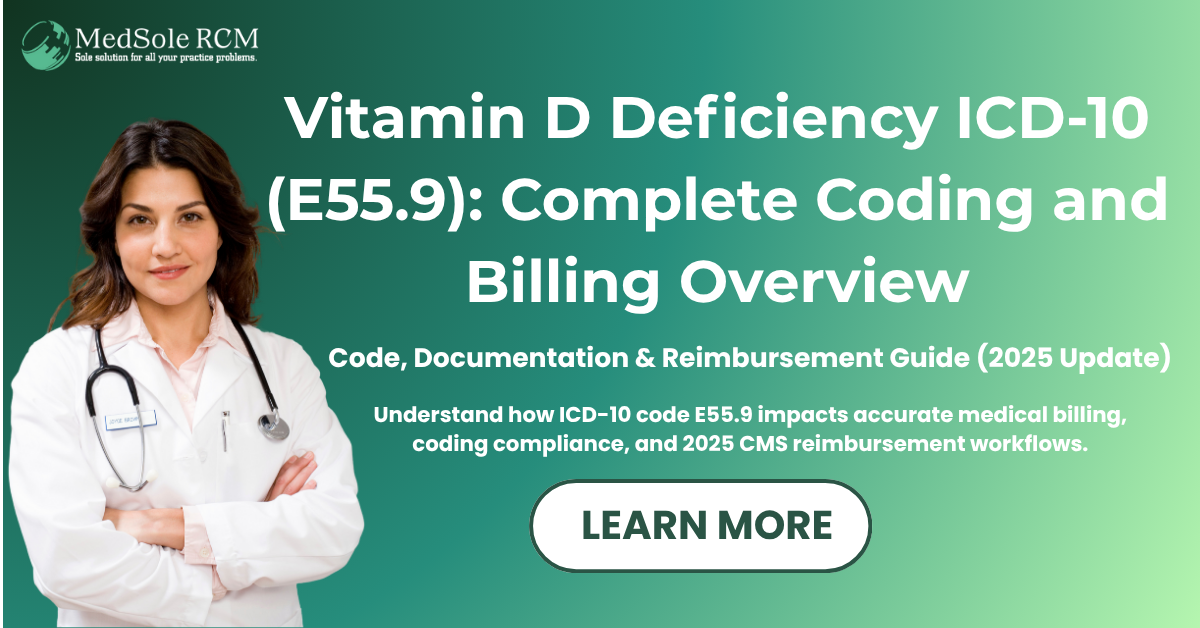
Posted Date: Oct 28, 2025
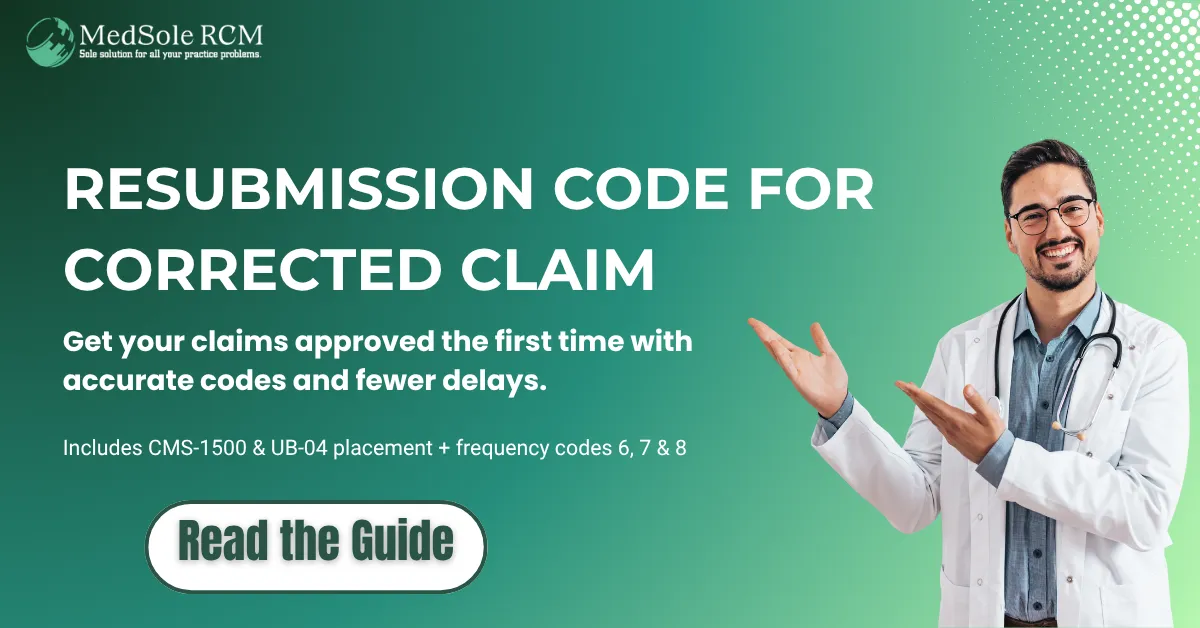
Posted Date: Oct 30, 2025
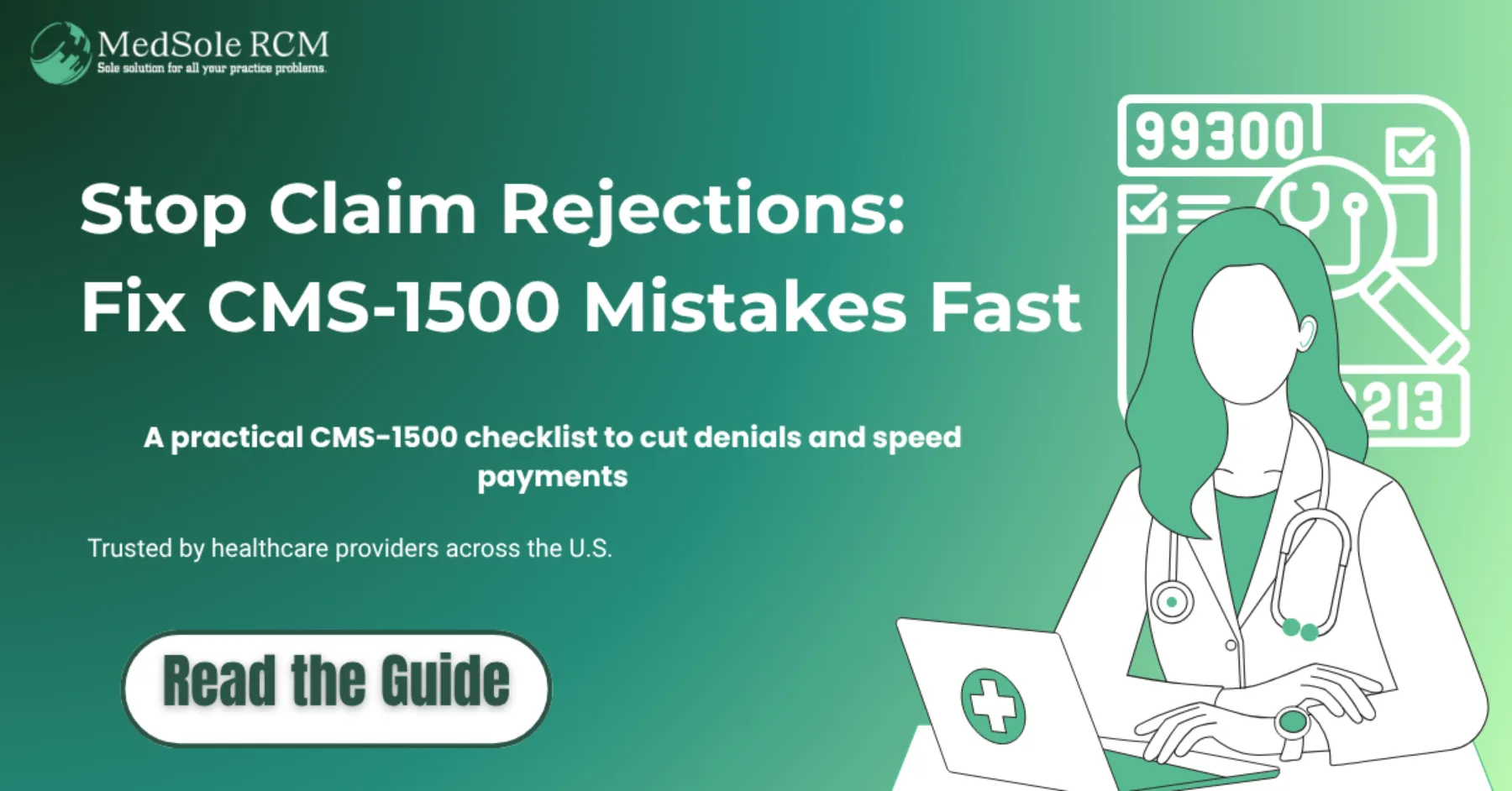
Posted Date: Oct 31, 2025
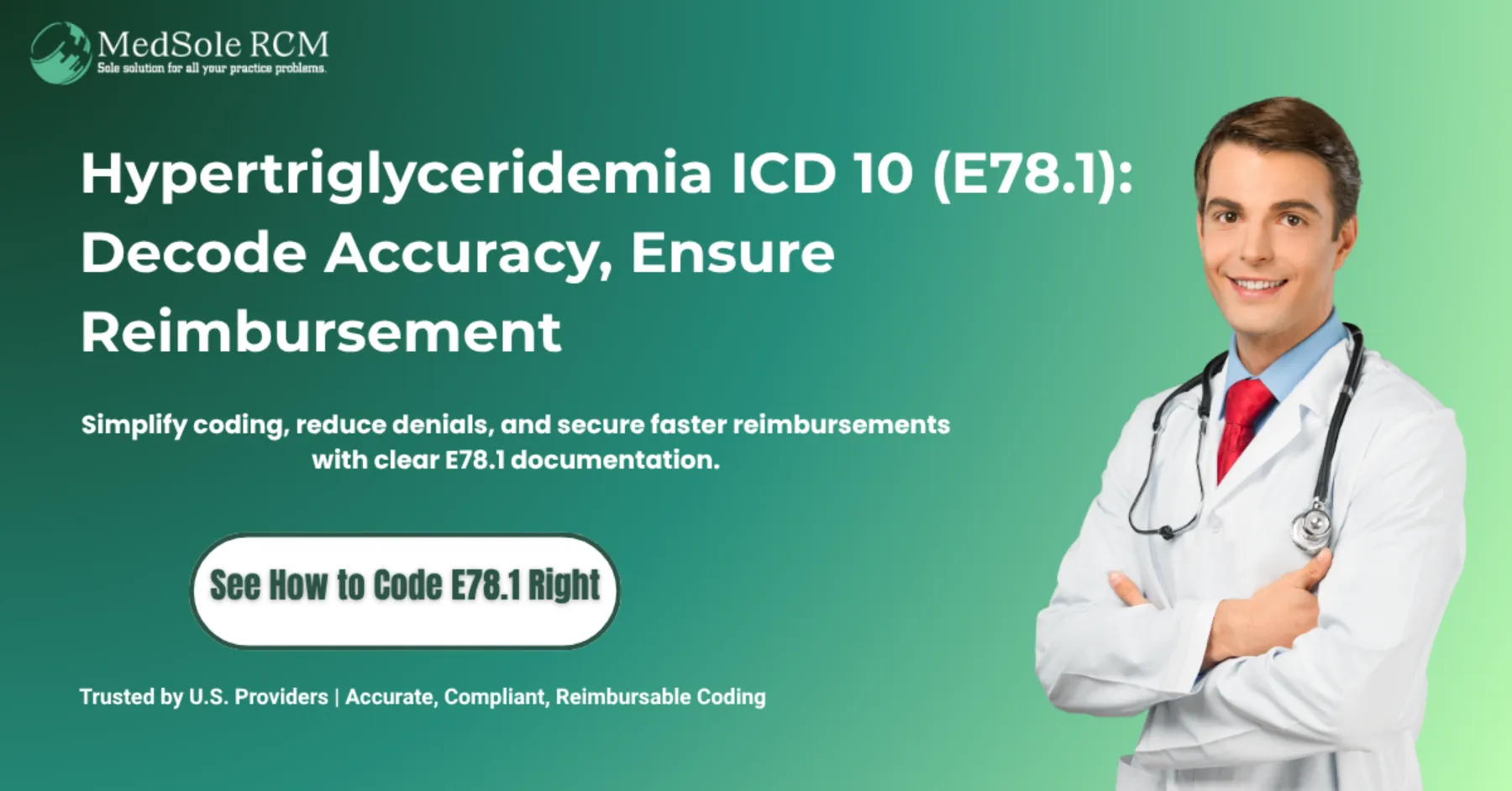
Posted Date: Nov 03, 2025
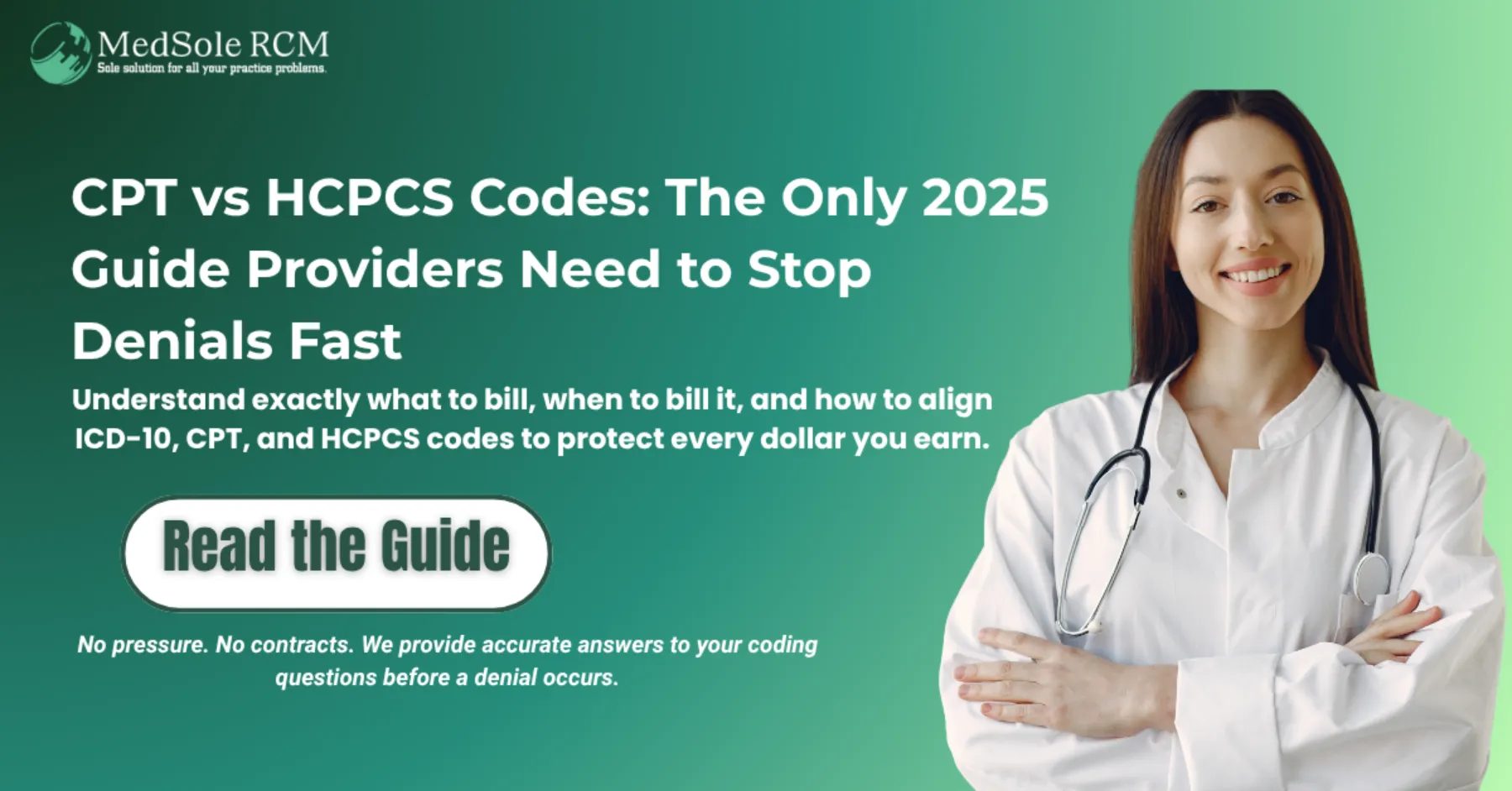
Posted Date: Nov 05, 2025
_11zon.webp)
Posted Date: Nov 11, 2025
.webp)
Posted Date: Nov 14, 2025